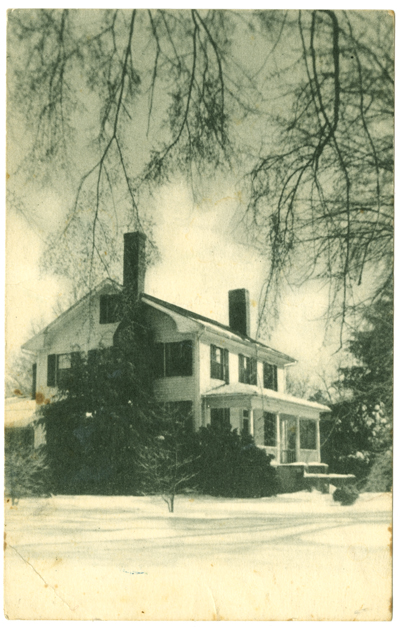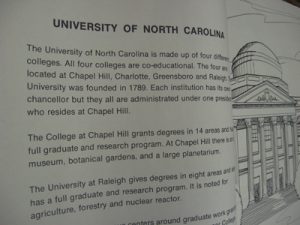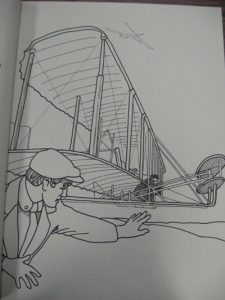Generations of Tar Heels have debated whether or not Abraham Lincoln was conceived in North Carolina while his mother, Nancy Hanks, was a servant in the household of Abraham Enloe. Who could have imagined that there might be a connection between Lincoln and the primeval North Carolina story–that of the Lost Colony?
Seth Grahame-Smith did. Grahame-Smith, author of the bestselling Pride and Prejudice and Zombies, recasts our sixteenth president as a vampire killer in his new novel, Abraham Lincoln, Vampire Hunter. In Grahame-Smith’s telling, several of Lincoln’s family members, including his beloved mother, were killed by vampires. Burning for revenge, Lincoln leaves home to hunt these monsters. Lincoln’s success rate is low until the vampire Henry Sturges takes him in and tutors Lincoln on the habits and vulnerabilities of the bloodthirsty undead. Henry was a good man, made a vampire by the evil doctor among the colonists on Roanoke Island. The reader of Abraham Lincoln, Vampire Hunter is treated to a ten-page retelling of the Lost Colony saga. “CROATAN” is explained, and we learn Virginia Dare’s fate (not good). I guarantee that the story is not the one you learned in school.





